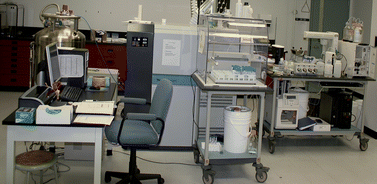Fast methods for 239Pu faecal bioassay
Abstract
For timely monitoring of internally contaminated individuals following radiological or nuclear emergency events, two fast bioassay methods were developed for the measurement of 239Pu in faecal samples, one for a sample representing 24-hour excretion and the other for a sample representing 10% of 24-hour excretion. Samples were decomposed either by ashing/


 Please wait while we load your content...
Please wait while we load your content...